RACE RIOT OR NOT?-The 25th anniversary of the 1992 Los Angeles civil disturbance is at hand, and the corporate media again routinely portray this historic event as a race riot resulting from the acquittal of four policemen who viciously beat up Rodney King, an African-American motorist. The media then systematically report that inter-ethnic and police-community relations in Los Angeles are much improved. Case closed since another “riot” is no longer in the cards.
But was this event really a race riot – not a class riot based on extreme inequality -- and have its underlying causes been truly ameliorated by overhauling the Los Angeles Police Department and reporting improved inter-ethnic relations?
The answers do not just depend on facts. They also depend on which theory of racism you subscribe to. While the facts are extraordinarily complex, we do know the following:
The civil disturbance lasted for three days, from Thursday, April 29 to Saturday, May 1, 1992, although the City of Los Angeles maintained curfews and marshal law until the following Monday, for a full five days. When the city lifted the curfew, there was short-term intervention by public agencies to aid residents and businesses whose structures were damaged or destroyed during the event. This was soon followed by Re-Build LA (1992-97) a private sector initiative whose legacy is 259 boxes of non-digitized files at the Loyal-Marymount University library. There was also the official Christopher Commission report, whose focus was the conduct of the LAPD, including police reform proposals.
But there were no prosecutions related to the 55 people slain between Thursday and Saturday. The media suggested they were victims of random bullets or other rioters shot them during looting. Since there is no evidence for these suspicions, it is just as likely that police officers or merchants protecting their buildings and stores murdered these 55 people.
Based on the number of people arrested, (between 10,000 -13,000 of whom 52 percent were Latino, 10 percent white, and 38 percent Black), wounded (4,000), deported (several hundred), killed (55), looted or torched buildings (4,000), lost jobs (40,000), and damaged property ($1 billion in 1992 dollars), this was the second most destructive civil disturbance in U.S. history. Only New York City’s 1863 anti-draft riot was larger! While the two events are similar in their length and damage, they have a major difference. Historians have extensively researched the 1863 insurrection in New York City, while, at least until its 25th anniversary, social scientists, public officials, filmmakers, artists, pundits, and journalists mostly ignored the 1992 Los Angeles event.
It is the perfect example of a structured absence, an epochal historical event that has been methodically overlooked for a quarter century. In the language of George Orwell’s “1984,” it was flushed down the memory hole.
Based on my reconstruction, LA’s 1992 civil disturbance moved through three stages:
Stage 1 began in the late afternoon of Thursday, April 29, after the Simi Valley acquittals of the four police officers who attacked Rodney King. The response was largely spontaneous, beginning with several widely rebroadcast televised incidences of inter-racial violence in a largely African-American neighborhood.
By the end of Thursday afternoon, looting and arson also began. It targeted particularly disliked stores and swap meets. Most ominously, an enormous cloud of dark smoke enveloped Los Angeles. In non-riot areas, such as West LA, pandemonium resulted. Nearly all employees left work early to join their families at home, picking up children at schools where teachers and staff refused to remain on-site.
There were also more spontaneous events protesting the trial in different parts of the Los Angeles, mostly minority neighborhoods in south Los Angeles and Pico/Union, with pervasive political graffiti, typically “No Justice, No Peace." Demonstrators also targeted and torched overtly political targets. These included a military recruitment center, a City of Los Angeles multi-agency office that included an African-American LA City Council member’s field office, as well as many black-owned businesses.
One of the most interesting political targets was a commercial center, WLCAC, funded through anti-poverty programs. Local residents physically chased its founder, Ted Watkins, through WLCAC’s grounds, but he managed to escape.
By Thursday evening, on the streets of south Los Angeles, one of the locations where the rebellion began, a party atmosphere developed without any evidence of racial or ethnic friction, partially explaining why whites comprised 10 percent of those arrested. People were just people, partying on the streets, often sharing “free” consumer items grabbed from the stores.
As for the notoriously brutal Los Angeles Police Department, they were stunned by events. They withdrew from the epicenter and only watched events. Likewise the Los Angeles Fire Department was overwhelmed, and it could not save many buildings.
As a result, Los Angeles Mayor Tom Bradley declared Marshal Law and imposed a curfew, eventually on the entire city. He also requested intervention from the State of California and Federal Government. They responded on Friday, sending in the National Guard from northern California, as well as the California Highway Patrol, Federal marshals, police and sheriff brigades from many other jurisdictions, and Marines from Camp Pendleton.
These complex events, though anecdotal, belie the media spin that Los Angeles had a race riot, similar to many American cities at the end of World War I, or a 1960s-style ghetto rebellion.
Stage 2 was the second day, when 4,000 federalized National Guard troops arrived in Los Angeles to augment the overwhelmed Los Angeles Police Department and Los Angeles County Sheriff. Nevertheless, this is when most of the arson and looting took place. Near my house, in Los Angeles’ Miracle Mile area, I watched people ram a station wagon through an appliance store plate glass window and then fill up their car with TVs.
I also remember hearing radio news reports about looting at a drug store on Western Avenue, north of the I-10, in what we now call Koreatown. The reporter described a completely multi-racial crowd consisting of Asians, Latinos, Blacks, and Anglos, all grabbing consumer goods off the shelves. It was during this second day that the civil disturbance spread over the entire Los Angeles metropolitan area, and also leapfrogged to San Francisco, Las Vegas, Atlanta, Tampa, Seattle, Toronto, Washington, DC, and even several European cities.
 Stage 3 appeared on Saturday, after most of the political protests and high intensity “discount shopping” subsided. At this point, organized crime joined the fray, targeting specific stores, such as Samy’s Camera, which was then located on Beverly Boulevard near LaBrea. At the camera store men armed with automatic weapons held neighbors at bay while they shot the locks off of the door.
Stage 3 appeared on Saturday, after most of the political protests and high intensity “discount shopping” subsided. At this point, organized crime joined the fray, targeting specific stores, such as Samy’s Camera, which was then located on Beverly Boulevard near LaBrea. At the camera store men armed with automatic weapons held neighbors at bay while they shot the locks off of the door.
They then went into the store and selectively grabbed the most expensive camera equipment. By this time the entire city was under Marshal Law and police forces and federal troops patrolled the entire city until May 24, including areas that had or little or no demonstrations, looting, or fires. The press reported that the National Guardsmen’s rifles were loaded and aimed at pedestrians, with the safeties turned off, as they patrolled LA’s streets in military trucks.
Saturday, by the way, was also May Day. Despite the enormous police and military presence, there were May Day rallies in Watts and in downtown Los Angeles, along with many smaller demonstrations focused on police misconduct and poverty issues. These events were highly political and were met with an enormous inter-agency police response, but no one was attacked or arrested for demonstrating.
How do we interpret this story?
Clearly, most press coverage continues to portray these events as a race riot. The total militarization of the civil disturbance was presented as efforts by elected officials to protect the public, not commercial property or institutions, even though much of the subsequent Federal and Rebuild LA aid efforts focused on rebuilding stores that had been looted or burnt down.
Nevertheless, a look at immediate press coverage, such as the next issue of Newsweek, presented the uprising as a class riot, a conflict between have-nots and haves. It was only later that government and media spin machines repackaged this civil disturbance, with its major multi-racial class component, as a race riot, not an economic uprising suppressed by an integrated military and police response.
Nevertheless, the overwhelming data and analysis confirms that the 1992 civil disturbance was primarily an urban rebellion focused on property, with strong political and economic components, not a race riot. The misperception that it was a race riot largely results from the several televised racial attacks at the very beginning of the events. Furthermore, by focusing on the ethnicity of burned-out merchants, rather than their economic role, many television viewers were also misled to believe that the attacks on their stores were racially based.
Which Theory of Racism? The classic theory of race relations, developed by W.E.B. DuBois and Oliver Cox, dominated social science until the 1940's. It considered racism to be institutional. It originated with slavery and colonialism and evolved into laws maintaining apartheid and segregation, supporting ideologies and social-psychological attitudes (prejudice), and discriminatory acts, usually called bias and bigotry. According to this theory, the purpose of these laws and beliefs is to sustain economic exploitation in which some ethnic or racial groups are super-exploited. Because racism generates so much inequality and because this inequality then produces acts of individual and collective resistance, geographical segregation usually allows this resistance to be quarantined.
According to this theory, prejudiced attitudes and prejudiced behavior, including racist mobs and pogroms, result from racism. They are not its cause. This theory, interprets LA’s 1992 civil disturbance as primarily a multi-racial urban rebellion directed against business and government institutions that the participants held responsible for economic exploitation and political repression. Scattered incidences of interracial violence were not the main event.
The competing contact theory of racism presents the 1992 Los Angeles civil disturbance as a race riot in which the Simi Valley trial acquittal of white police officers provoked anti-white violence by African-Americans. This theory is based on ideas of supposedly innate ethnocentrism and xenophobia refined in the 1940s through such famous scholars as Gunnar Myrdal, author of “An American Dilemma.” The contact theory has been the dominant theory in the field of race and ethnic relations ever since. It argues that racial and ethnic categories are obvious and self-evident to people. Individuals automatically know which ethnic or racial group they are in and what groups other people are in. They largely and “naturally” see the world divided into these various national and sub-national groups.
Humans are essentially genetically hardwired to see their own group positively (ethnocentrism) and other groups negatively (xenophobia). When different groups have contact, these natural processes kick in. At the more benign end of the contact spectrum, prejudice spontaneously appears. At the extreme end, inter-racial or inter-ethnic contact results in violent race riots, sometimes even in genocide. According to this theory, contact produces “organic” prejudice resulting from people reacting negatively to obviously perceptible group differences. These prejudiced attitudes, in turn, result in prejudiced behavior, which aggregates into racist practices and patterns.
In terms of Los Angeles, there are scattered facts that support the contact theory, such as the televised beating of a white, Latino, and Asian motorist. Others point to the burning of Korean-owned stores in many neighborhoods.
As for the arson and looting, the same acts occurred in the 1965 Watts Rebellion, but then the target was another middleman minority, Jews. In both cases, scattered merchants were burnt out, with little evidence that their ethnicity, rather than their economic niche, was the cause of arson.
Furthermore, in the case of 1992, many of the merchants who got burnt out operated in Latino neighborhoods, like Koreatown, which had nothing to do with Black grievances against the police. In fact, the 1992 statistics indicate that the LAPD arrested more Latinos than Blacks, yet the press never reported widespread friction between Latinos and Koreans.
My conclusion is that the overwhelming data confirms that the 1992 civil disturbance was primarily an urban rebellion based on economic inequality, not a race riot. Newsweek was correct when they called it a class riot. Furthermore, the role of the police, reinforced by the corporate media for over two decades, was to stop the rebellion, protect property, and squelch its political dimension, not separate warring racial and ethnic groups.
This leads to the next question, then. Could it happen again? According to the most recent public opinion poll, conducted by Loyola Marymount University, an increasing number of Angelinos – over a majority -- think another civil disturbance is likely to happen. According to the lead investigator, Prof. Fernando Guerra, “Economic disparity continues to increase, and at the end of the day, that is what causes disruption. . . People are trying to get along and want to get along, but they understand economic tension boils over to political and social tension.”
Considering City Hall’s role in promoting economic inequality through real estate speculation, General Plan Amendments and Zone Changes benefiting property owners, wide scale demolitions and dislocation, and the resulting gentrification, the public is not apparently bamboozled by reports of LAPD reforms and feel good stories about ethnic fusion restaurants.
(Dick Platkin reports on local planning issues for City Watch. Progressive Planning published an earlier version of this article. Please send any questions, comments, or corrections to: [email protected].) Prepped for CityWatch by Linda Abrams.
-cw

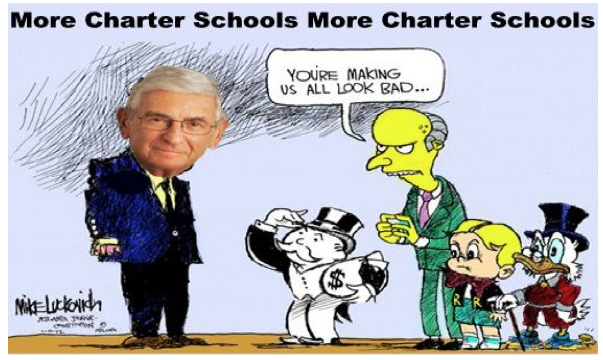
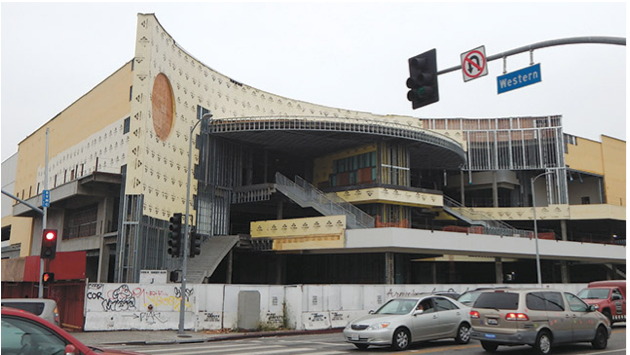
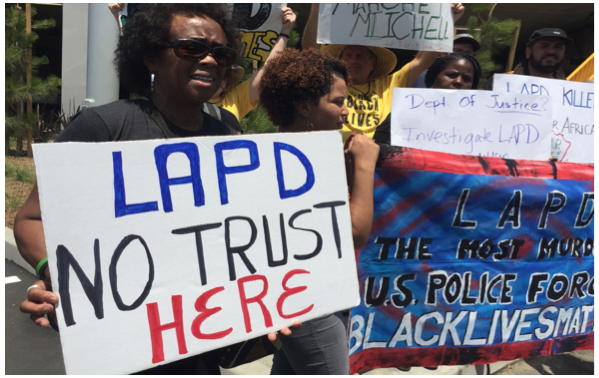
 From
From  Rabbi Jonathan Klein of CLUE (Clergy & Laity United for Economic Justice) says of his organization’s opposition to the measure: “A transparency measure suddenly appearing on an off-cycle ballot, that sneaked up on us and which lacks a published communal rebuttal argument? If the appearance of this ballot measure feels so unexpected, is supported by the very agencies that community groups believe need more oversight, why should anyone trust that this is what it says it is? Sure enough, the ACLU and others have the data that lead us to believe that this might actually DIMINISH true civilian oversight. Both CLUE and our
Rabbi Jonathan Klein of CLUE (Clergy & Laity United for Economic Justice) says of his organization’s opposition to the measure: “A transparency measure suddenly appearing on an off-cycle ballot, that sneaked up on us and which lacks a published communal rebuttal argument? If the appearance of this ballot measure feels so unexpected, is supported by the very agencies that community groups believe need more oversight, why should anyone trust that this is what it says it is? Sure enough, the ACLU and others have the data that lead us to believe that this might actually DIMINISH true civilian oversight. Both CLUE and our 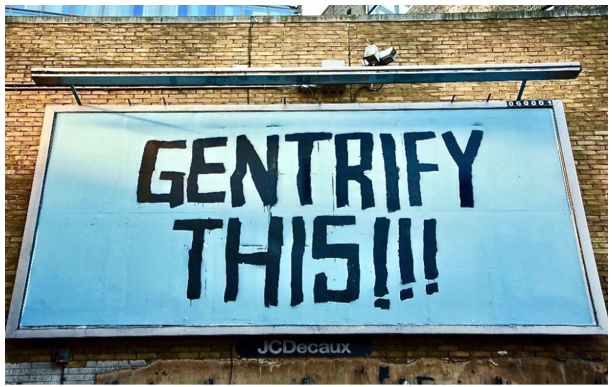
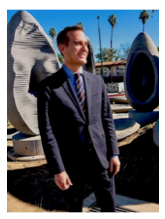 In fact, Paul Ong, director of UCLA Luskin’s Center for Neighborhood Knowledge, says California politicians should use the report to ensure that
In fact, Paul Ong, director of UCLA Luskin’s Center for Neighborhood Knowledge, says California politicians should use the report to ensure that 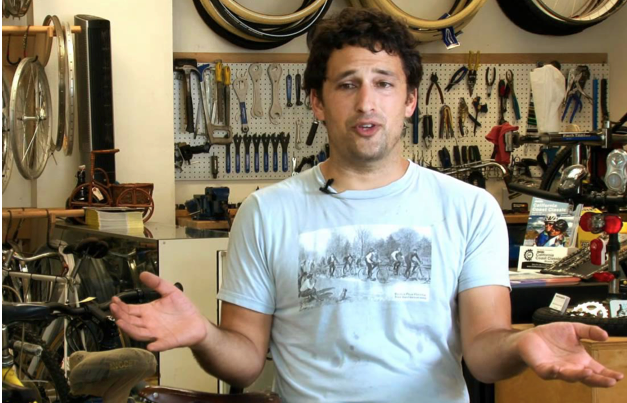
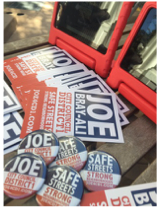 The question remains whether Bray-Ali’s move-along, nothing-to-see-here approach can sweep him into the Council chambers on May 16th. A few prominent Bray-Ali supporters have jumped ship, while others have either drunk the kool-aide or just admitted they don’t care. I sympathize fully with the impulse to support the lesser of two evils. City Hall needs a shakeup. The question District1 voters have to ask themselves is: how much is too much?
The question remains whether Bray-Ali’s move-along, nothing-to-see-here approach can sweep him into the Council chambers on May 16th. A few prominent Bray-Ali supporters have jumped ship, while others have either drunk the kool-aide or just admitted they don’t care. I sympathize fully with the impulse to support the lesser of two evils. City Hall needs a shakeup. The question District1 voters have to ask themselves is: how much is too much?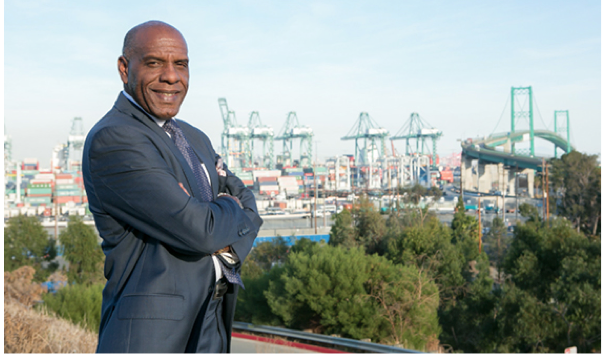
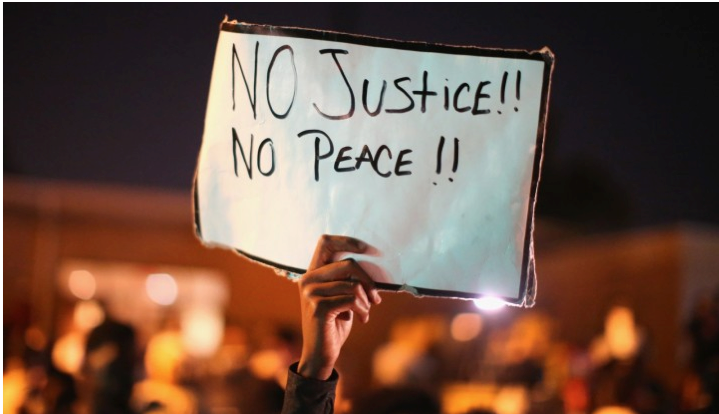
 Stage 3 appeared on Saturday, after most of the political protests and high intensity “discount shopping” subsided. At this point, organized crime joined the fray, targeting specific stores, such as Samy’s Camera, which was then located on Beverly Boulevard near LaBrea. At the camera store men armed with automatic weapons held neighbors at bay while they shot the locks off of the door.
Stage 3 appeared on Saturday, after most of the political protests and high intensity “discount shopping” subsided. At this point, organized crime joined the fray, targeting specific stores, such as Samy’s Camera, which was then located on Beverly Boulevard near LaBrea. At the camera store men armed with automatic weapons held neighbors at bay while they shot the locks off of the door. 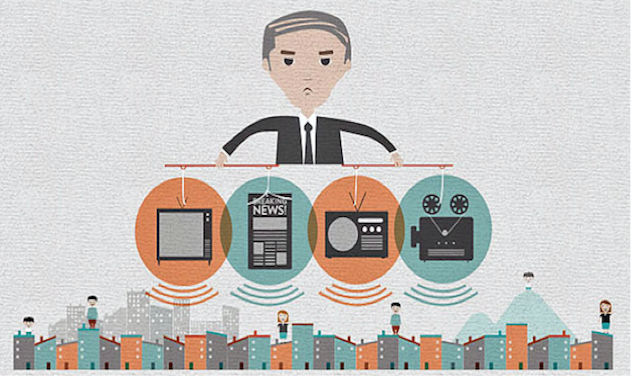
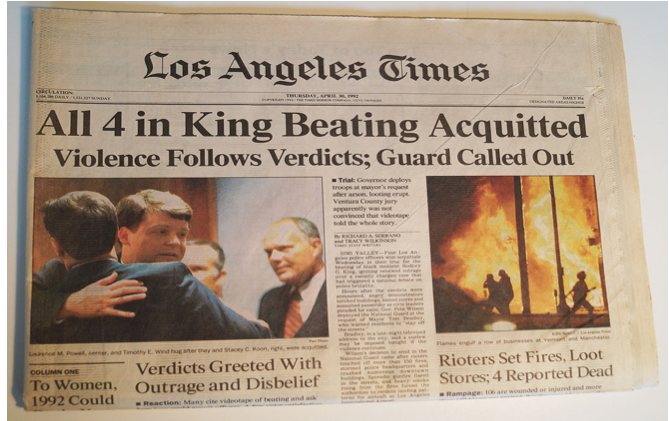

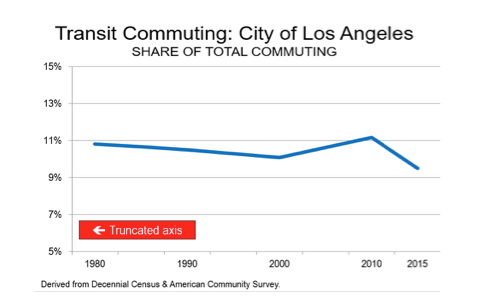
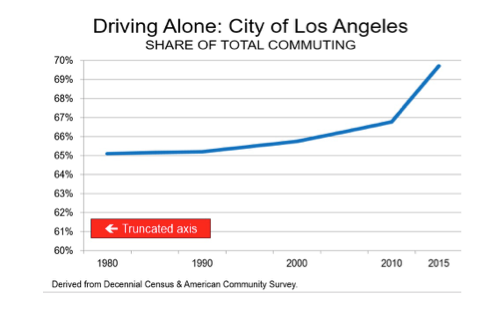
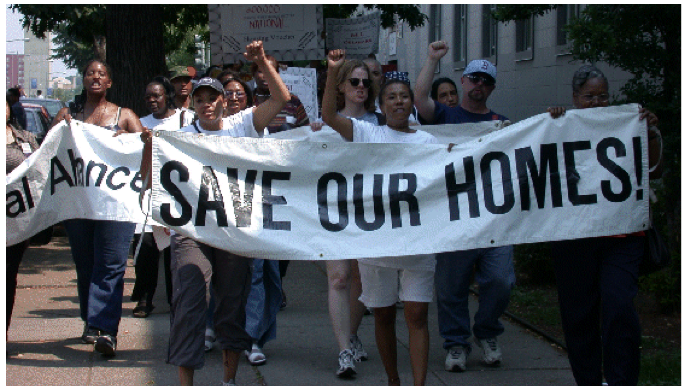
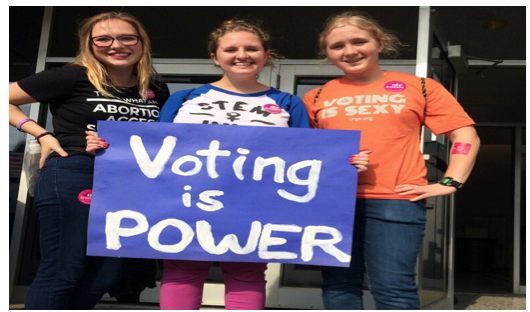



 The four projects:
The four projects: 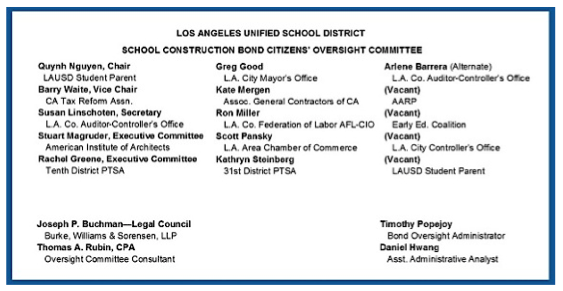 The Learning Management system and Unified Enrollment system raised so many questions that two committee members tried to divide the matter to allow the other two projects to be voted on unencumbered. Ultimately, all four projects remained together, but a vote failed for lack of a quorum. Why the BOC bothered to vote without enough active members present is a mystery. Only six of the Committee’s ten members even attended the meeting, and a whopping four of the 15 seats are vacant.
The Learning Management system and Unified Enrollment system raised so many questions that two committee members tried to divide the matter to allow the other two projects to be voted on unencumbered. Ultimately, all four projects remained together, but a vote failed for lack of a quorum. Why the BOC bothered to vote without enough active members present is a mystery. Only six of the Committee’s ten members even attended the meeting, and a whopping four of the 15 seats are vacant.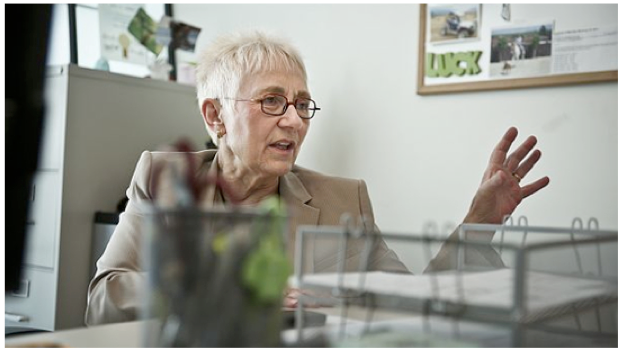
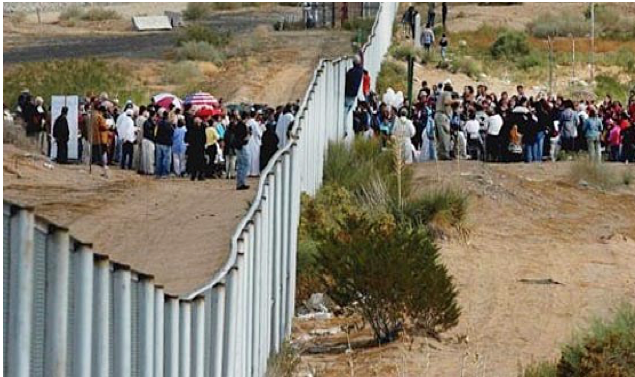

 Red flag.
Red flag. 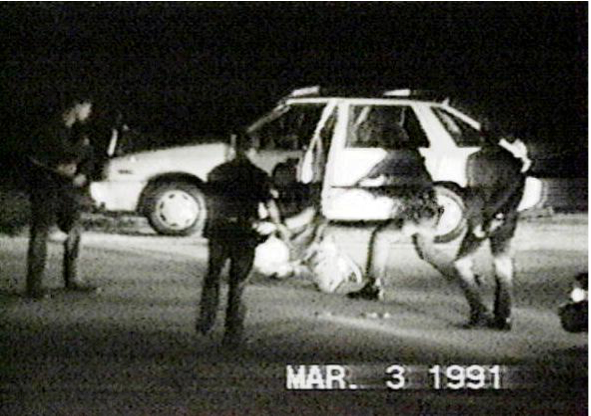
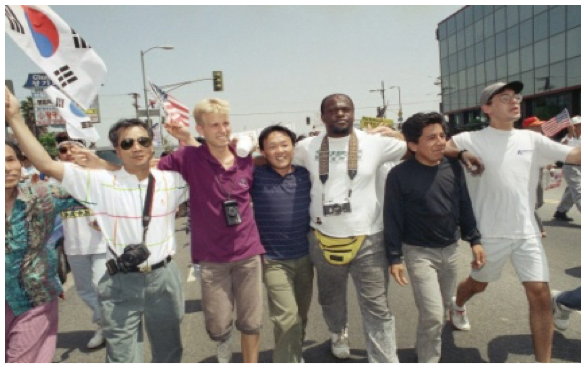
 The remains of a commercial building smolder, as another building burns out of control, in Los Angeles, early on the morning of April 30, 1992, after riots broke out in response to the verdict in the Rodney King beating trial. Photo by Douglas C. Pizac/Associated Press.
The remains of a commercial building smolder, as another building burns out of control, in Los Angeles, early on the morning of April 30, 1992, after riots broke out in response to the verdict in the Rodney King beating trial. Photo by Douglas C. Pizac/Associated Press.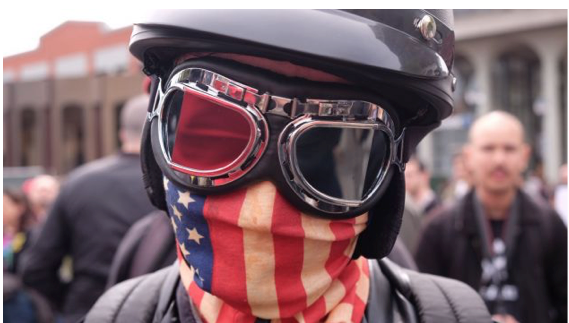
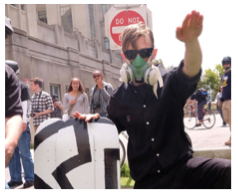 Another man, with an American flag wrapped around his face, tells me he came to defend "Western civilization." Nathan Domigo, a 30-year-old ex-Marine and the head of the white nationalist group Identity Evropa, is milling in the crowd. Later in the day, he'll be filmed punching a woman in the face during a street brawl. (After the video goes viral, the woman, Louise Rosealma, says she has been facing harassment and death threats.)
Another man, with an American flag wrapped around his face, tells me he came to defend "Western civilization." Nathan Domigo, a 30-year-old ex-Marine and the head of the white nationalist group Identity Evropa, is milling in the crowd. Later in the day, he'll be filmed punching a woman in the face during a street brawl. (After the video goes viral, the woman, Louise Rosealma, says she has been facing harassment and death threats.)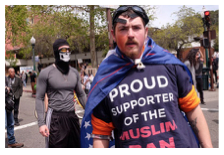 Some people on this side came in from other parts of the country. A white man named Ian Herrin tells me he came from Colorado Springs to be "part of the movement." He says he was inspired to come by Lauren Southern, an alt-right activist and writer. Southern is walking around in a helmet surrounded by a security entourage of Proud Boys, a group of self-proclaimed "Western chauvinists" led byVice magazine co-founder Gavin McInnes. I approach a man dressed head to toe in camouflage, who wears a mask reminiscent of Jason from Friday the 13th. Mike won't tell me his last name, but he says he's from Orange County, California, and a member of the West Coast Patriots Three Percent, a militia-type prepper group that does armed paramilitary training. "The last rally when they shut down Milo, it kinda pissed me off," he tells me. "Everyone has a right to say what they want to say, regardless of whether you agree with it or not. That's what the Second Amendment—uh, First Amendment—is for."
Some people on this side came in from other parts of the country. A white man named Ian Herrin tells me he came from Colorado Springs to be "part of the movement." He says he was inspired to come by Lauren Southern, an alt-right activist and writer. Southern is walking around in a helmet surrounded by a security entourage of Proud Boys, a group of self-proclaimed "Western chauvinists" led byVice magazine co-founder Gavin McInnes. I approach a man dressed head to toe in camouflage, who wears a mask reminiscent of Jason from Friday the 13th. Mike won't tell me his last name, but he says he's from Orange County, California, and a member of the West Coast Patriots Three Percent, a militia-type prepper group that does armed paramilitary training. "The last rally when they shut down Milo, it kinda pissed me off," he tells me. "Everyone has a right to say what they want to say, regardless of whether you agree with it or not. That's what the Second Amendment—uh, First Amendment—is for."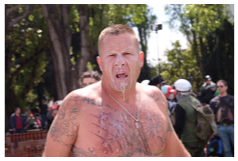 It goes on like this for nearly two hours. The riot police are conspicuously absent. The left-wing side makes attempts to break through right-wing lines and enter the park. The groups face off, brawl, and retreat over and over again. When the leftists get close to the stage, the leader of the Three Percenters orders his men to rally up and take defensive positions. The man in the Spartan mask yells out a battle cry, lunging into the left-wing side, and someone pepper sprays him. He takes his shirt off, squirts milk into his eyes from a spray bottle, and continues fighting.
It goes on like this for nearly two hours. The riot police are conspicuously absent. The left-wing side makes attempts to break through right-wing lines and enter the park. The groups face off, brawl, and retreat over and over again. When the leftists get close to the stage, the leader of the Three Percenters orders his men to rally up and take defensive positions. The man in the Spartan mask yells out a battle cry, lunging into the left-wing side, and someone pepper sprays him. He takes his shirt off, squirts milk into his eyes from a spray bottle, and continues fighting.
 “Did you hear about the young woman who entered on a visa from Argentina and talked to the press?” Juana asks me one evening. She’s referring to Daniela Vargas, who was
“Did you hear about the young woman who entered on a visa from Argentina and talked to the press?” Juana asks me one evening. She’s referring to Daniela Vargas, who was 













